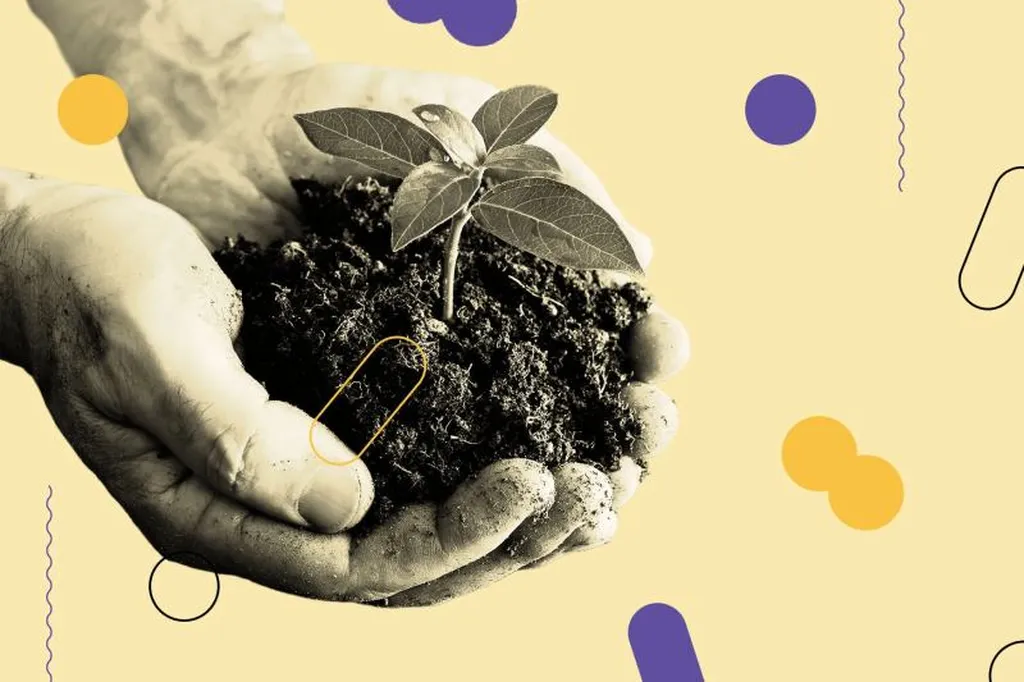In the heart of Lisbon, a team of researchers led by Paula Paredes from the LEAF—Linking Landscape, Environment, Agriculture and Food Research Center at the Instituto Superior de Agronomia, Universidade de Lisboa, is revolutionizing the way we understand and manage crop growth. Their latest review, published in the journal ‘Agricultural Water Management’ (which translates to ‘Water Management in Agriculture’), delves into the intricacies of Growing Degree Days (GDD), a crucial tool for precision irrigated agriculture.
GDD is a measure that helps farmers and agronomists estimate crop development and growth, particularly in deciding when and how much to irrigate. The key to this tool lies in understanding the base and upper temperature thresholds (Tbase and Tupper), which are the temperatures below and above which crop growth is minimal or non-existent. Paredes and her team have meticulously reviewed and tabulated these thresholds for a staggering 117 crops, ranging from vegetable crops and herbs to fruit trees and vines.
“Understanding these temperature thresholds is like having a crystal ball for crop growth,” Paredes explains. “It allows us to predict key growth stages such as germination, flowering, and maturity with remarkable accuracy. This is not just about understanding our crops better; it’s about making informed decisions that can lead to significant water savings and improved crop yields.”
The implications of this research are vast, particularly for the energy sector. Efficient water use in agriculture can lead to substantial energy savings, as water pumping and distribution account for a significant portion of agricultural energy consumption. By optimizing irrigation scheduling based on GDD, farmers can reduce their water and energy usage, leading to more sustainable and cost-effective agricultural practices.
Moreover, the review is part of a broader effort to support the applicability of GDD in computing crop coefficient curves, as outlined in the new FAO56rev crop water requirements guidelines. This means that the research could soon be integrated into global agricultural practices, shaping the future of precision irrigated agriculture.
As Paredes puts it, “This is not just about advancing science; it’s about creating practical tools that farmers can use to improve their practices and contribute to a more sustainable future.” With this review, Paredes and her team have taken a significant step towards that future, offering a promising glimpse into the potential of data-driven, precision agriculture.

